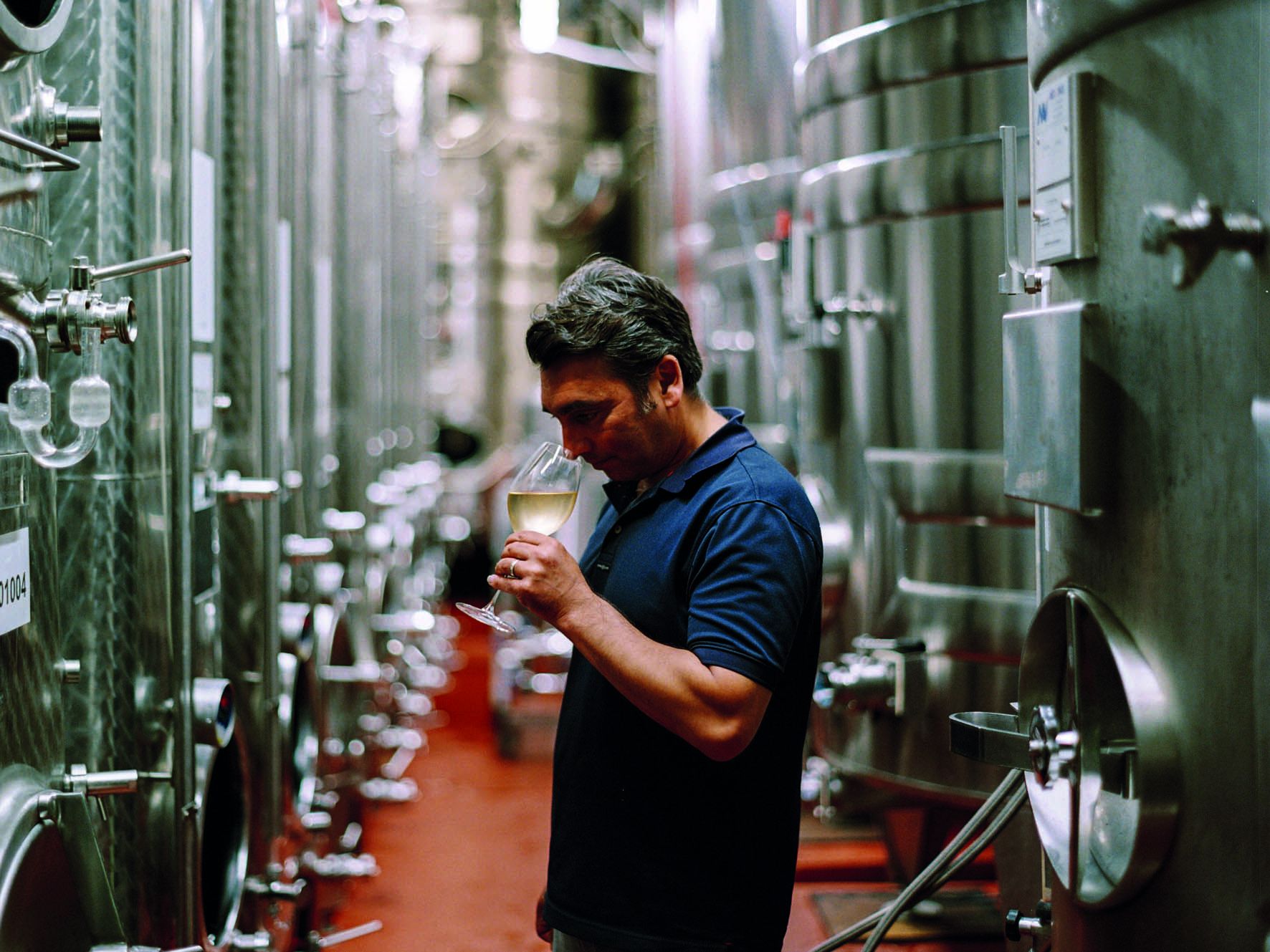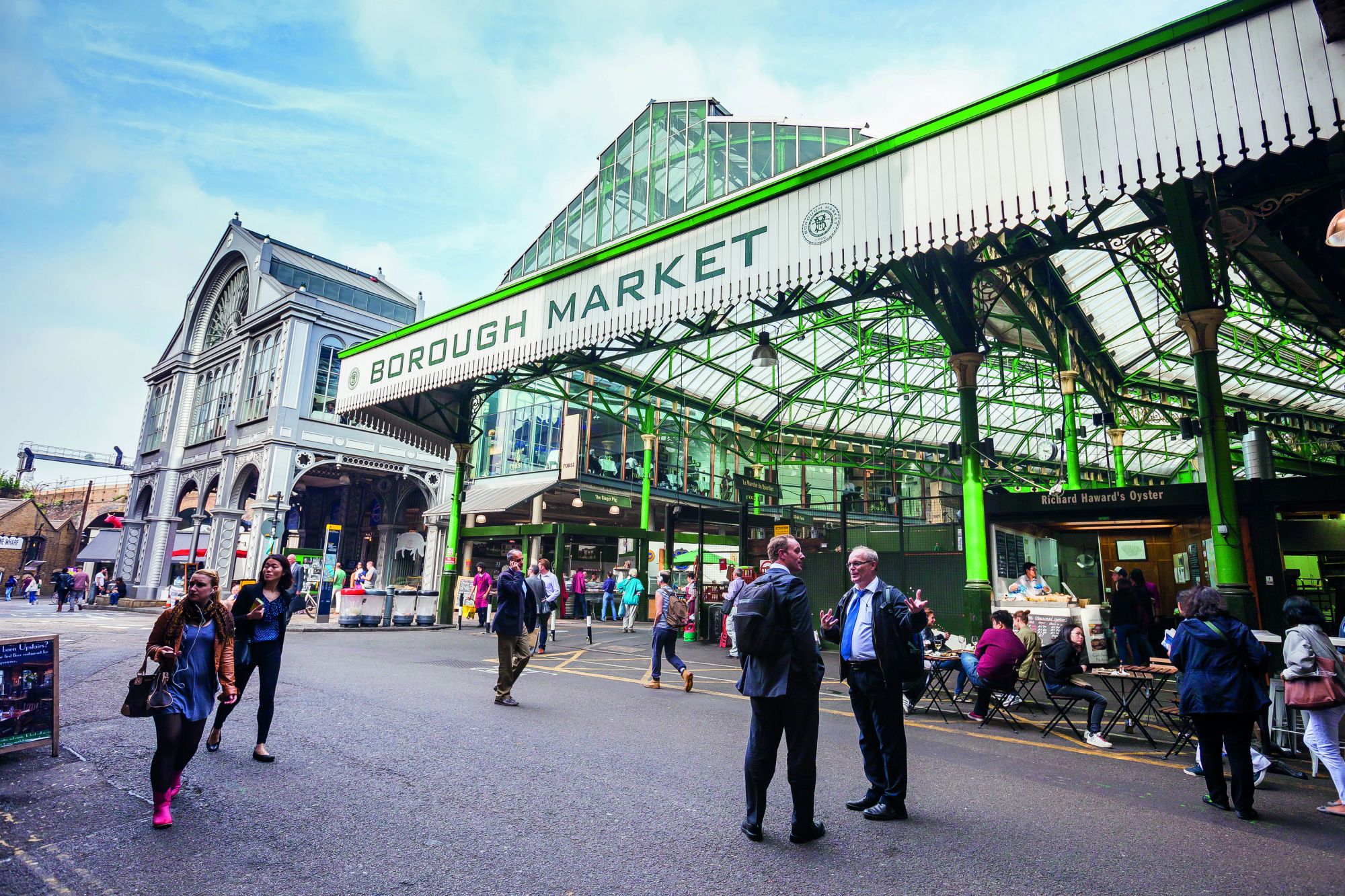Traceable ingredients and produce with provenance are fuelling a gastronomic revolution on this side of the world
Do you know your yacon from your alexanders and your medlars from your cucamelons? What about your Cotswold Leghorn from your Gloucester Old Spot? Heritage and heirloom varieties, and rare and native breeds— these are but just a few of the exciting local ingredients fuelling Britain’s food revolution.
Eating local is a trend in the culinary world— ingredients travel less, arrive fresher and are at peak flavour as invariably they are in season. In Britain, chefs and restaurateurs are making the most of the nation’s own kitchen garden, local farm animals and the sealife caught off its rugged coastline. With traceability and provenance increasingly of prime importance, consumers want to know where their food comes from— what did it eat, where was it killed and, most importantly, how did it live?
(Related: Jaan’s Reinventing British Summer Menu Proves Delectable)

At Hawksmoor steak restaurant in London, all beef is British and sourced from herds comprised of no more than 100 cattle. Animal welfare is key with cows growing up naturally, without antibiotics and pastured on grass. Longhorn is the predominant breed, but beef also comes from rare and cross breeds such as Hereford, Shorthorn and Dexter cows, and it is all dry-aged in Hawksmoor’s own farm where the butchery is carried out.
Similarly, the origins of the menu’s seafood are carefully considered with award-winning chef and restaurateur Mitch Tonks lending his expertise. All fish are caught around Britain—order a fish today that was swimming free just yesterday.
Once in the kitchen at Hawksmoor, all produce is prepared simply to allow the quality of ingredients to shine. This is a premise found across the country—innovative chefs are focusing on the best of Britain’s own produce, picked or procured at their peak.
(Related: Origin Grill & Bar Takes You On A Journey Of Gastronomic Inspirations)




